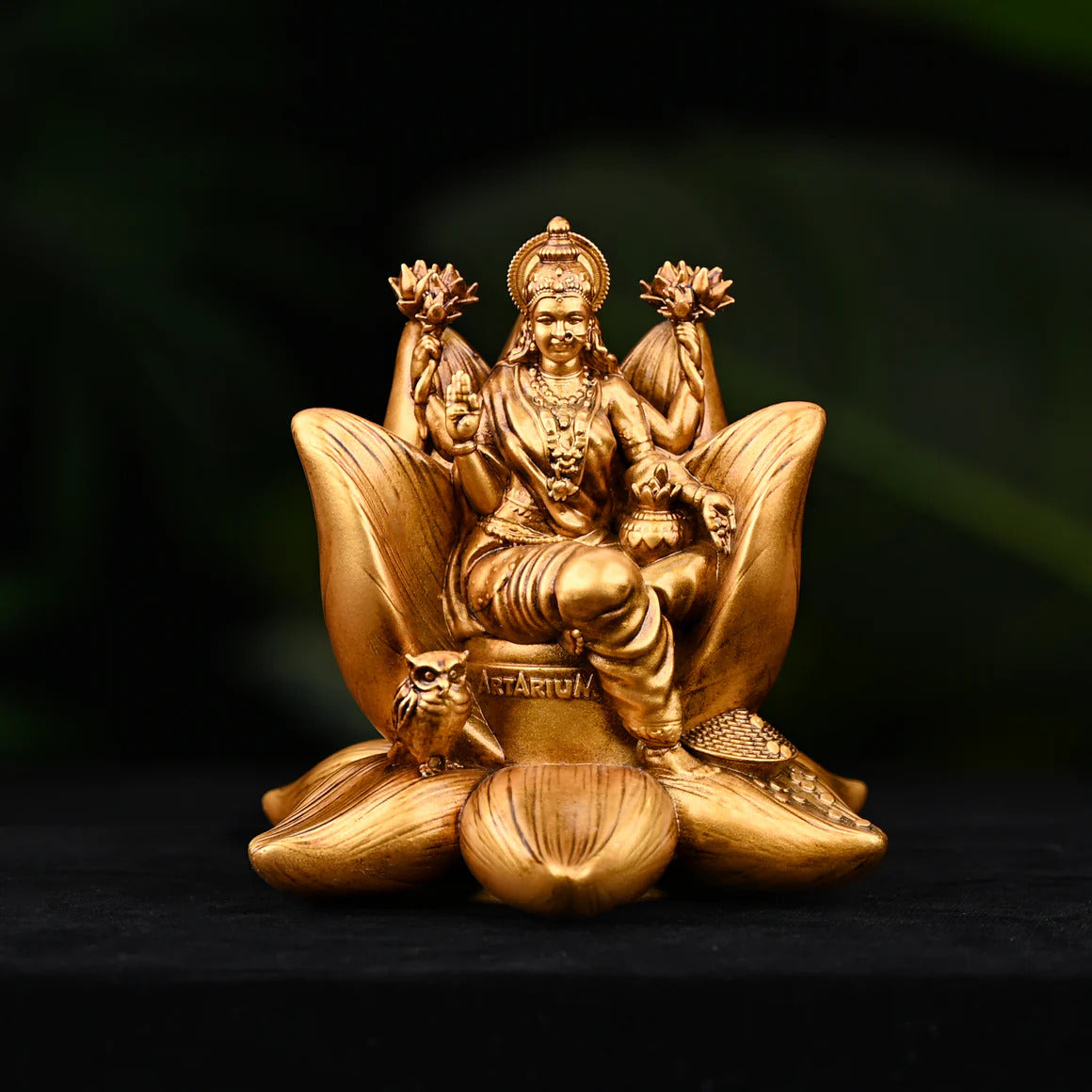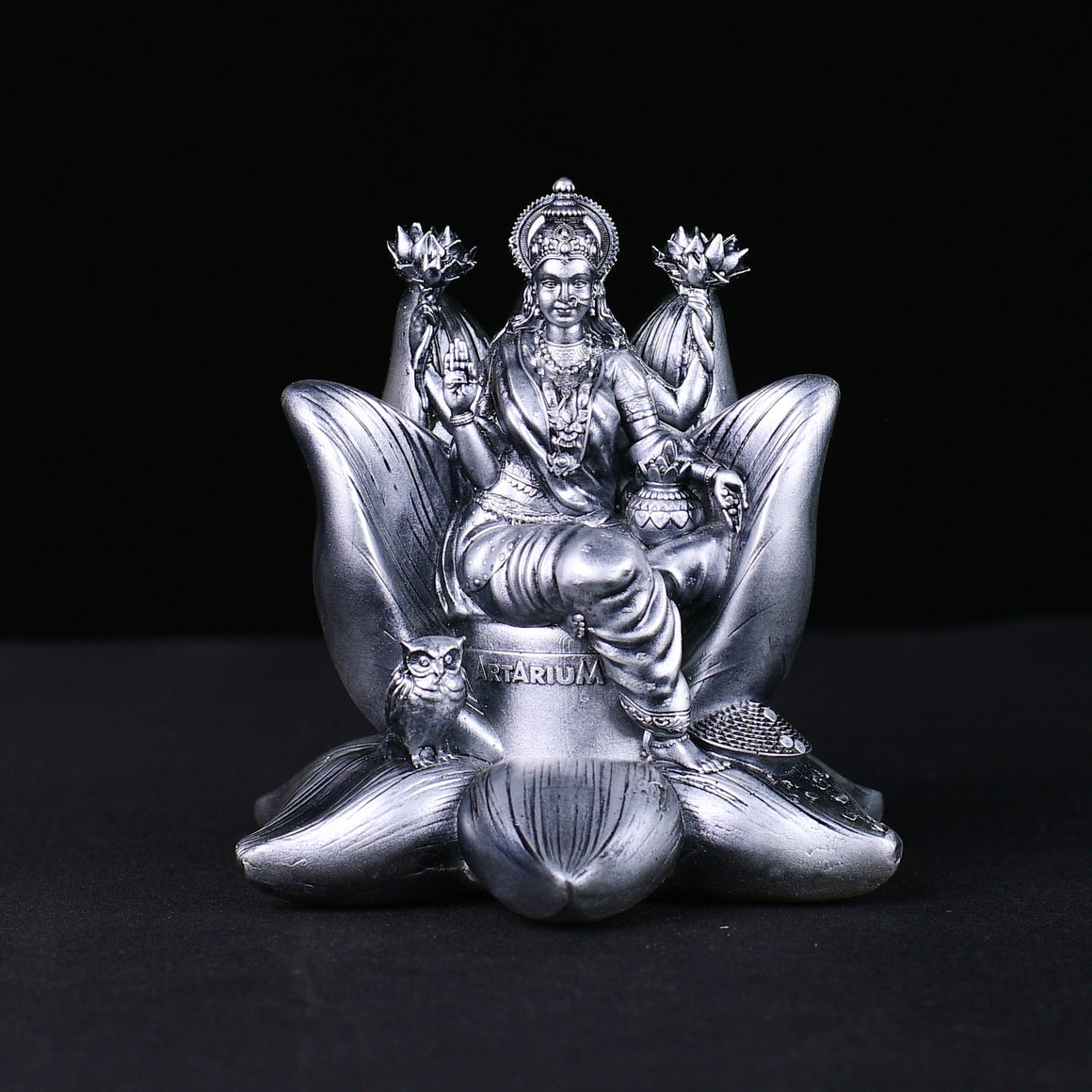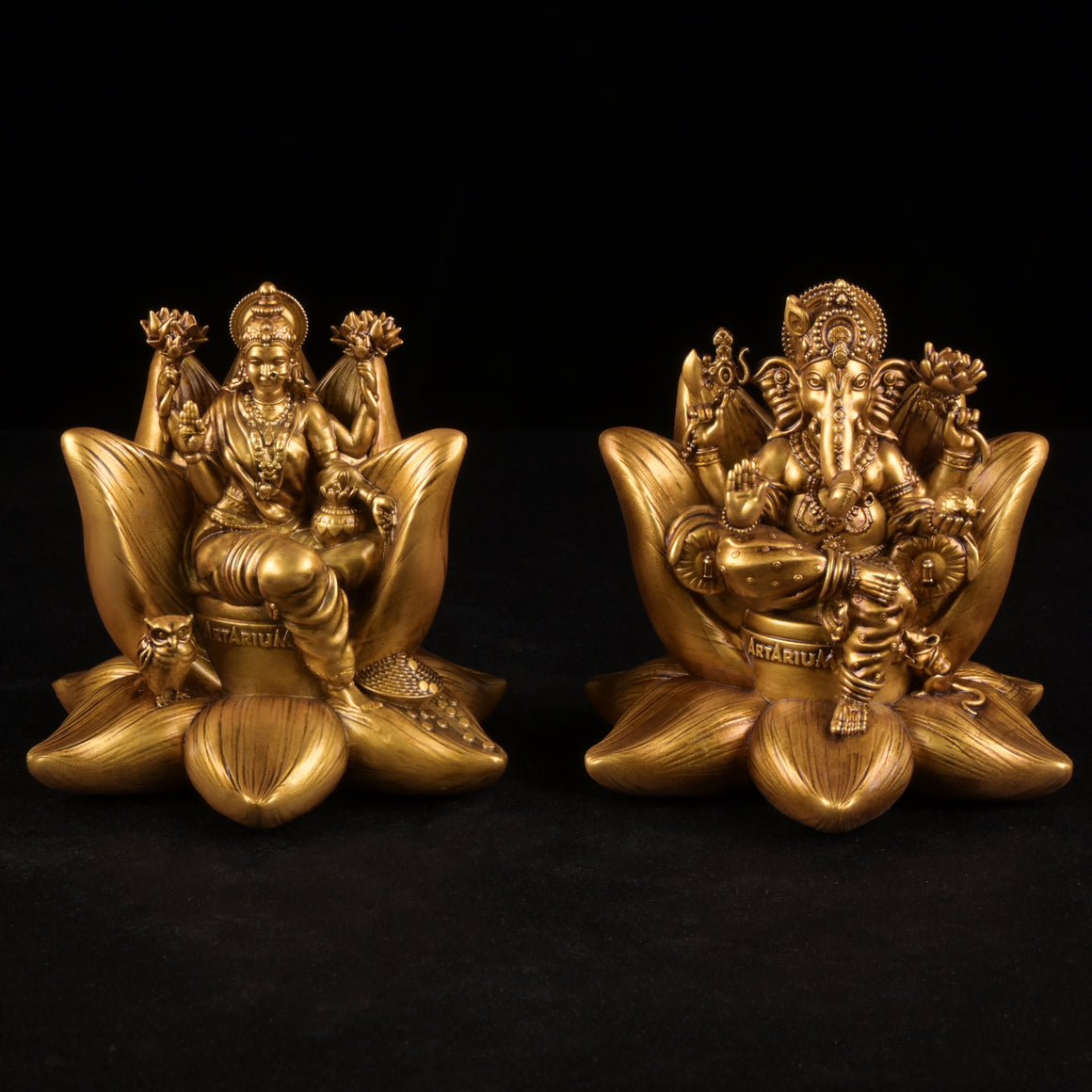Mahalakshmi Vrat is a revered 16-day festival dedicated to Goddess Lakshmi, the symbol of wealth, prosperity, and well-being. It starts on the Shukla Ashtami of the Bhadraprada month (August-September). During this time, the devotees observe fast and worship Goddess Mahalakshmi.
If you are planning to observe Mahalakshmi Vrat in 2024, this blog will guide you through the date, vrat vidhi (procedure), vrat Katha (story), and fasting rituals.
Mahalakshmi Vrat 2024 Date

Mahalakshmi Vrat is observed for 16 consecutive days starting from Bhadrapada Shukla Ashtami (the eighth day of the bright fortnight of the Bhadrapada month) and ends on Ashwin Krishna Ashtami. In 2024, the vrat will begin on September 11, 2024, and will conclude on September 24, 2024.
Significance of Mahalakshmi Vrat
Goddess Mahalakshmi is believed to bestow wealth, prosperity, and happiness on her devotees. By observing this vrat with pure devotion, many believe they can gain divine blessings that bring good fortune, financial stability, and protection from all hardships.
It’s not just a vrat; it is a prayer for peace, abundance, and happiness in one's home and life. Families often come together during this period, and women, in particular, observe this vrat for the well-being of their families and homes.
Also Read - 8 Divine Forms of Goddess Lakshmi
Mahalakshmi Vrat Katha (Story)

There are certain legends associated with Mahalakshmi vrat and its significance. Here’s one of the most prevalent stories:
Once, Maharishi Shri Vedvyas visited Hastinapur. Learning about his arrival, Maharaj Dhritrashtra requested him to visit their palace. He made him sit on the golden throne and worshipped him, accepting Charanodaka (water got from cleaning his feet).
Hereafter, both Kunti and Gandhari requested Maharishi to tell them a simple fast that can help invite wealth, prosperity, and good fortune to their family.
Hearing this, Maharishi Vedvyasji told them about Shri Mahalakshmi vrat which is observed every year on Ashwin Krishna Ashtami. Observing this fast is believed to invite the blessings of goddess Lakshmi ensuring a lifetime of wealth and prosperity.
Both Maata Kunti and Gandhari asked Vyasji to explain about the vrat in detail. Hereupon, Vyasji explained that this vrat starts from the Bhadrapad Shukla Ashtami. On this day, get up early in the morning, and after taking a bath, take 16 yarn threads, tie 16 knots in it, and put it in haldi (turmeric) to give it a yellow color. Hereafter, offer 16 durva ( a kind of grass), and 16 wheat dore every day. And on the day of Krishna Ashtami, keep the fast and worship the Mahalakshmi idol placed on an elephant made of clay.
After listening to this, Gandhari and Kunti started fasting from Bhadrapad Shukla Ashtami along with all the women of the kingdom. On the 16th day of Ashwin Krishna Ashtami, Gandhari invited all the women to their palace and built a huge elephant of clay with the help of her 100 sons for the worship of Mahalakshmi but did not invite Kunti. Kunti was deeply hurt by this behaviour and did not arrange anything for the worship.
Meanwhile, the five Pandavas reached the palace and asked Kunti the reason behind her sadness. Kunti explained everything to her sons. Hearing all of it, Arjuna asked Kunti to start preparing for the worship, while he brings Airavata - the elephant of the heaven to be a part of the rituals.
Kunti became really happy listening to this and started the preparations with great pomp and show. She invited everyone from the kingdom. Listening to the arrival of Indra’s elephant, Airavata from heaven, everyone rushed to Kunti’s place to get a glimpse of him. All the men, women, and children together welcomed Airavata. The priest placed the idol of Mahalakshmi on Airavata and performed the rituals by chanting the Vedic mantras and making offerings to him.
Hereafter, the women performed kirtan and bhajans to invoke the blessing of Mahalakshmi.
Ever since then, it has been believed that for women who observe the fast of Mahalakshmi with utmost faith and devotion, their homes always remain full of wealth and prosperity.
Read Also: Makar Sankranti 2025
Vrat Vidhi (Procedure) for Mahalakshmi Vrat
Performing the Mahalakshmi Vrat is simple yet significant. Here’s a step-by-step guide on how to observe the vrat:
Cleanse Your Home
Begin the vrat by cleaning your home thoroughly. This symbolizes the removal of negativity and makes your home welcoming for Goddess Lakshmi.
Set Up the Puja Altar
Create a sacred space by setting up a puja altar. Place an idol or picture of Goddess Mahalakshmi in the center. Surround the Laxmi idol with fresh flowers, incense sticks, and a diya (oil lamp).

Fill a Kalash (sacred pot) with water, rice, and a coin, symbolizing abundance and prosperity. Tie a red thread (moli) around the neck of the Kalash and place a coconut on top. This Kalash is placed in front of the Goddess as a sign of respect and reverence.
Chant Lakshmi Mantras
Recite Lakshmi mantras, such as "Om Hreem Shreem Lakshmibhyo Namah," to invoke the goddess's presence. You can also recite the 108 names of Lakshmi Ji during the puja.
Offer Prasad
Prepare a simple offering (prasad) of sweets, fruits, or kheer (rice pudding) to offer to the goddess. Place it in front of the deity as a mark of devotion.
Tie the Sacred Thread (Mauli)
As part of the vrat, women usually tie a red and yellow thread (Mauli) around their wrists as a symbol of commitment to the vrat. It is said to keep the blessings of Goddess Lakshmi close to you throughout the sixteen days.
Observe the Fast
Fasting during this vrat is very important. You can choose to observe a full fast, consuming only water, or a partial fast where fruits and milk are allowed. The vrat can also be observed with one meal a day, ideally a simple satvik (pure vegetarian) meal.
Recite the Mahalakshmi Vrat Katha
The Mahalakshmi Vrat Katha (story) is an important part of the ritual. By listening to or reading the story, devotees connect with the divine and understand the deeper significance of this vrat.
Conclude with Aarti
End the daily puja with an aarti of Goddess Lakshmi. Offer your prayers for her continued blessings and protection for you and your family.
Also Read - The Great Goddess: Who is Lakshmi?
Fasting Guidelines for Mahalakshmi Vrat
Fasting is a central part of Mahalakshmi Vrat. Here are some helpful tips to keep in mind during the 16 days of fasting:
Types of Fast
You can choose between a nirjala fast (without water) or a phalahar fast (fruits and milk). If it's too difficult to maintain a strict fast, you can also have one simple meal a day.
What to Eat
During the fast, make sure to consume light, satvik food. Avoid onions, garlic, and spicy food. You can eat fruits, milk, curd, nuts, and vrat-special grains like buckwheat (kuttu) and amaranth (rajgira).
Stay Hydrated
Even if you're fasting, staying hydrated is essential. Drink plenty of water, coconut water, or fruit juices throughout the day to maintain energy levels.
Break the Fast with Care
On the final day, when the vrat ends, break your fast with a simple, light meal after offering prayers to Goddess Lakshmi.
Also Read: Who are the Most Powerful Gods in Hinduism?
Conclusion
Mahalakshmi Vrat is a beautiful time to seek the blessings of Goddess Lakshmi. Observing this vrat with sincerity and devotion brings not only wealth but also inner peace and happiness. Whether you're seeking prosperity or the well-being of your loved ones, this vrat is a spiritual practice that strengthens your faith in the divine.


















